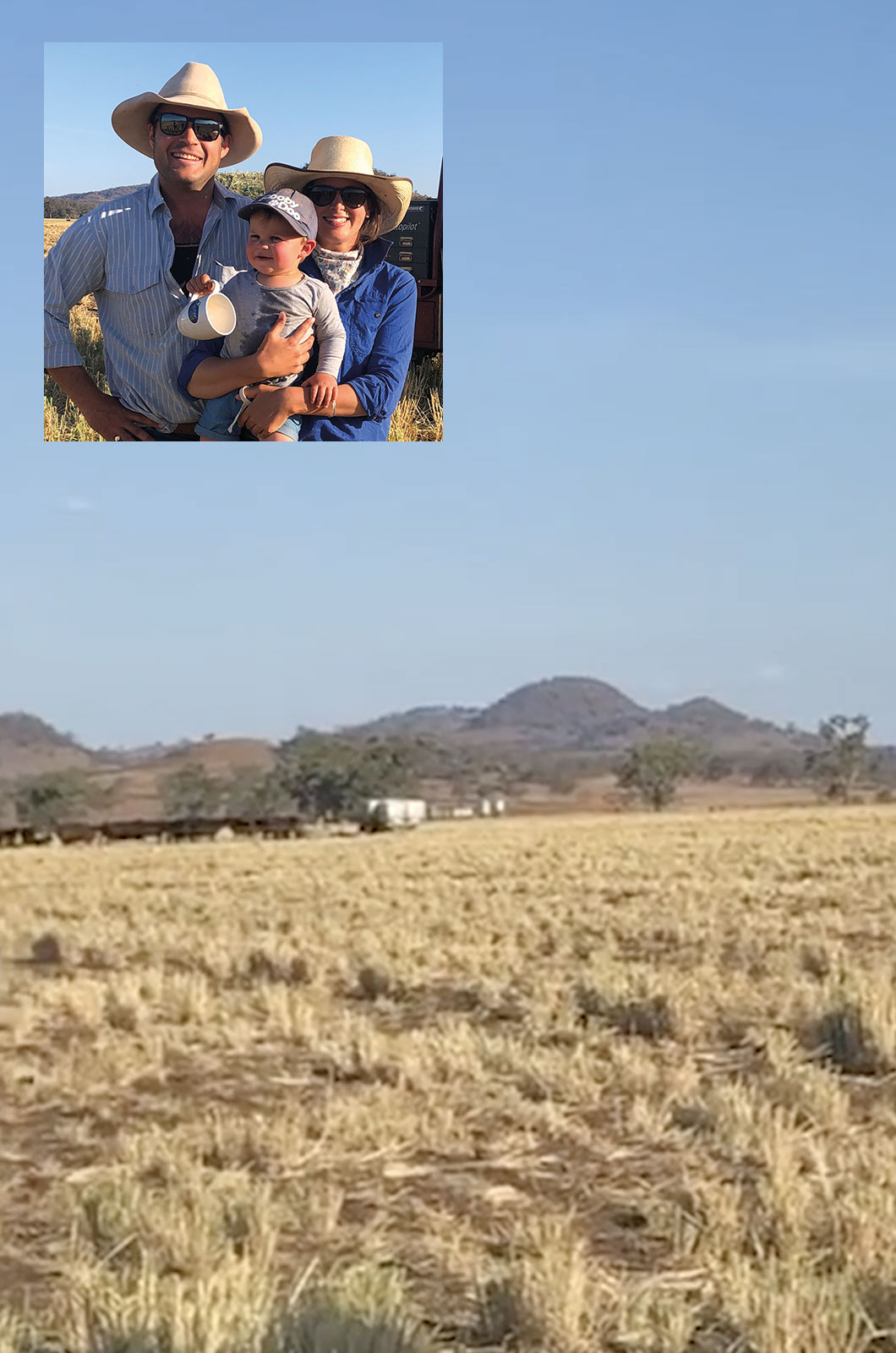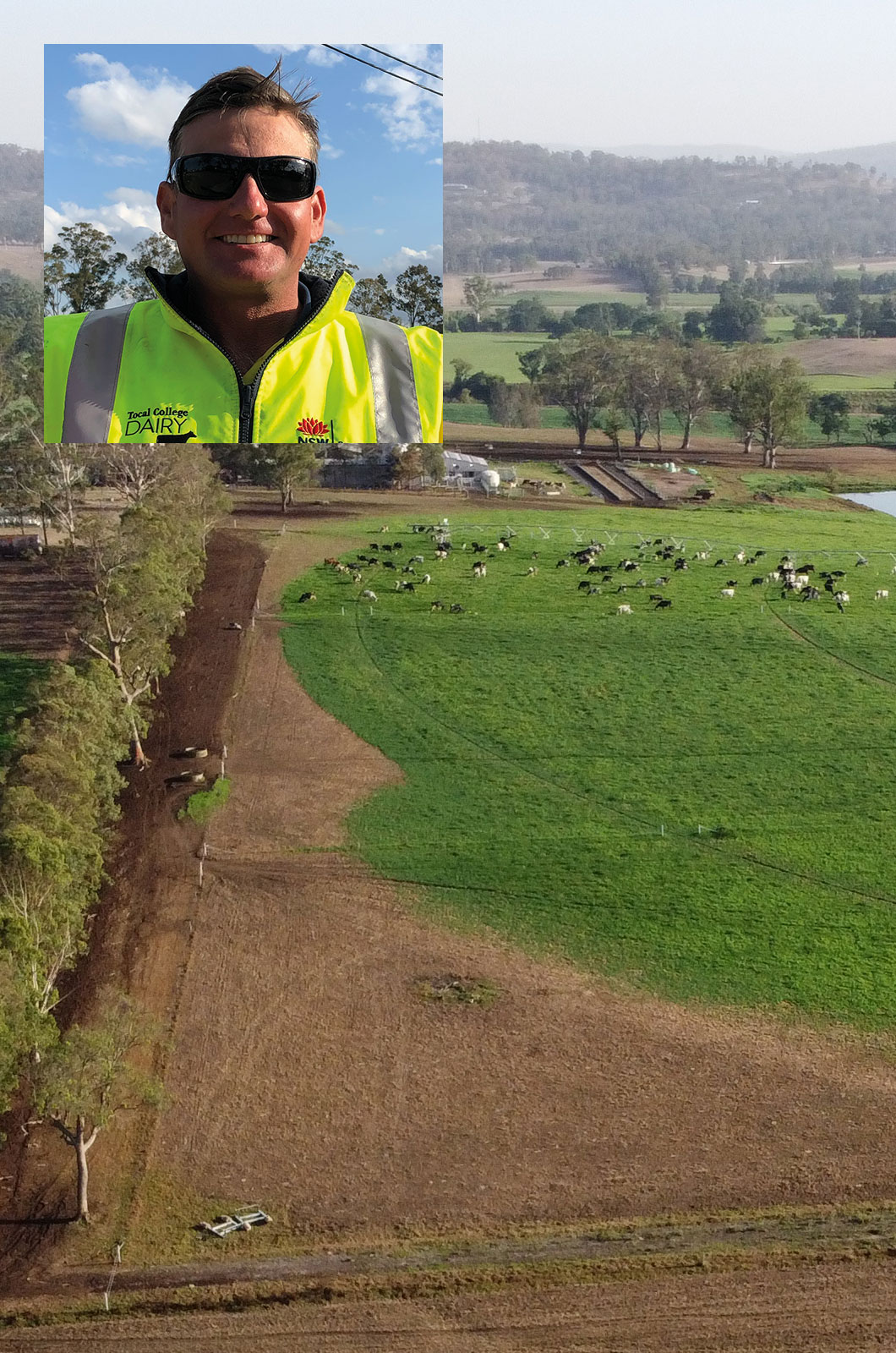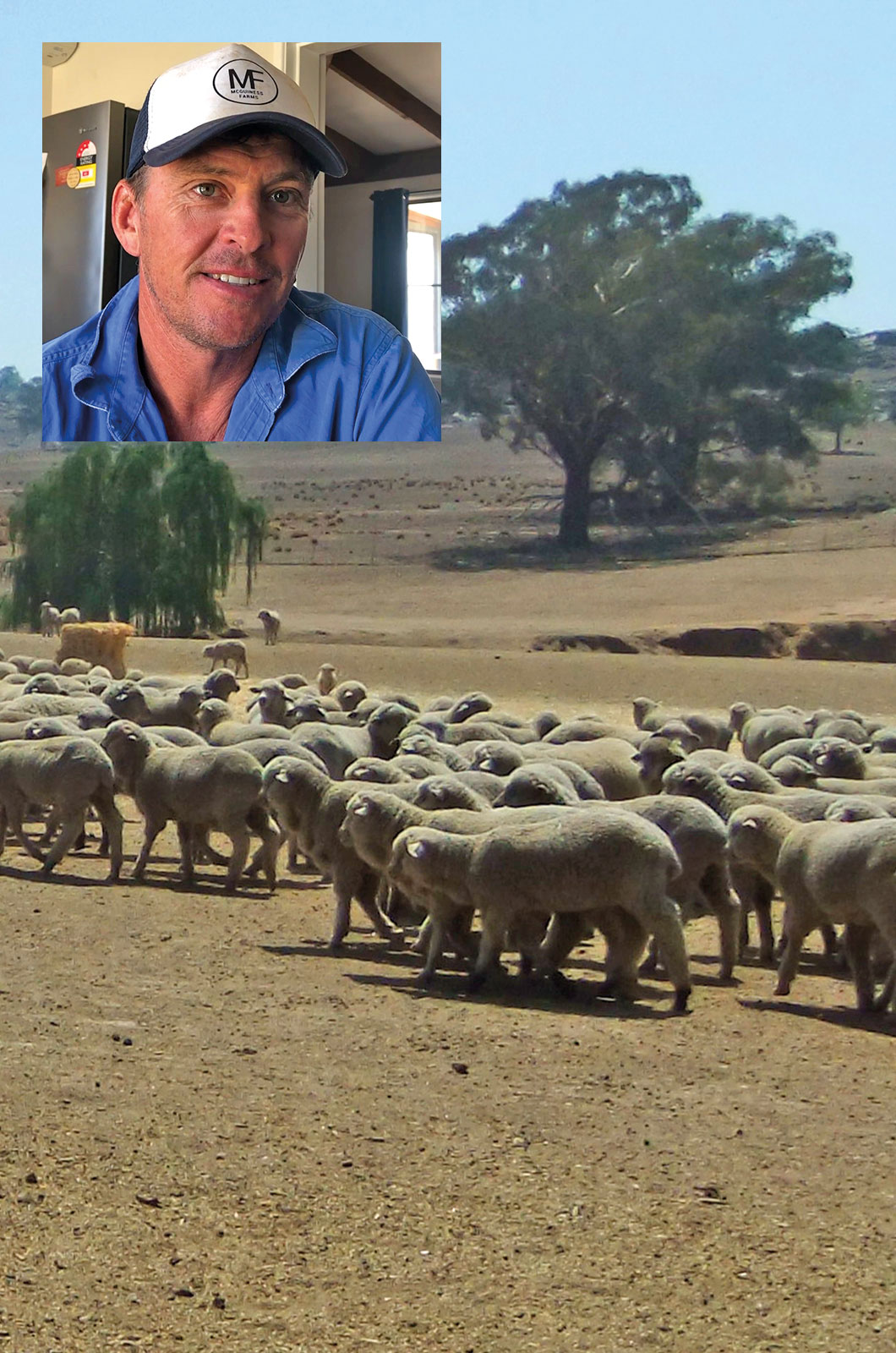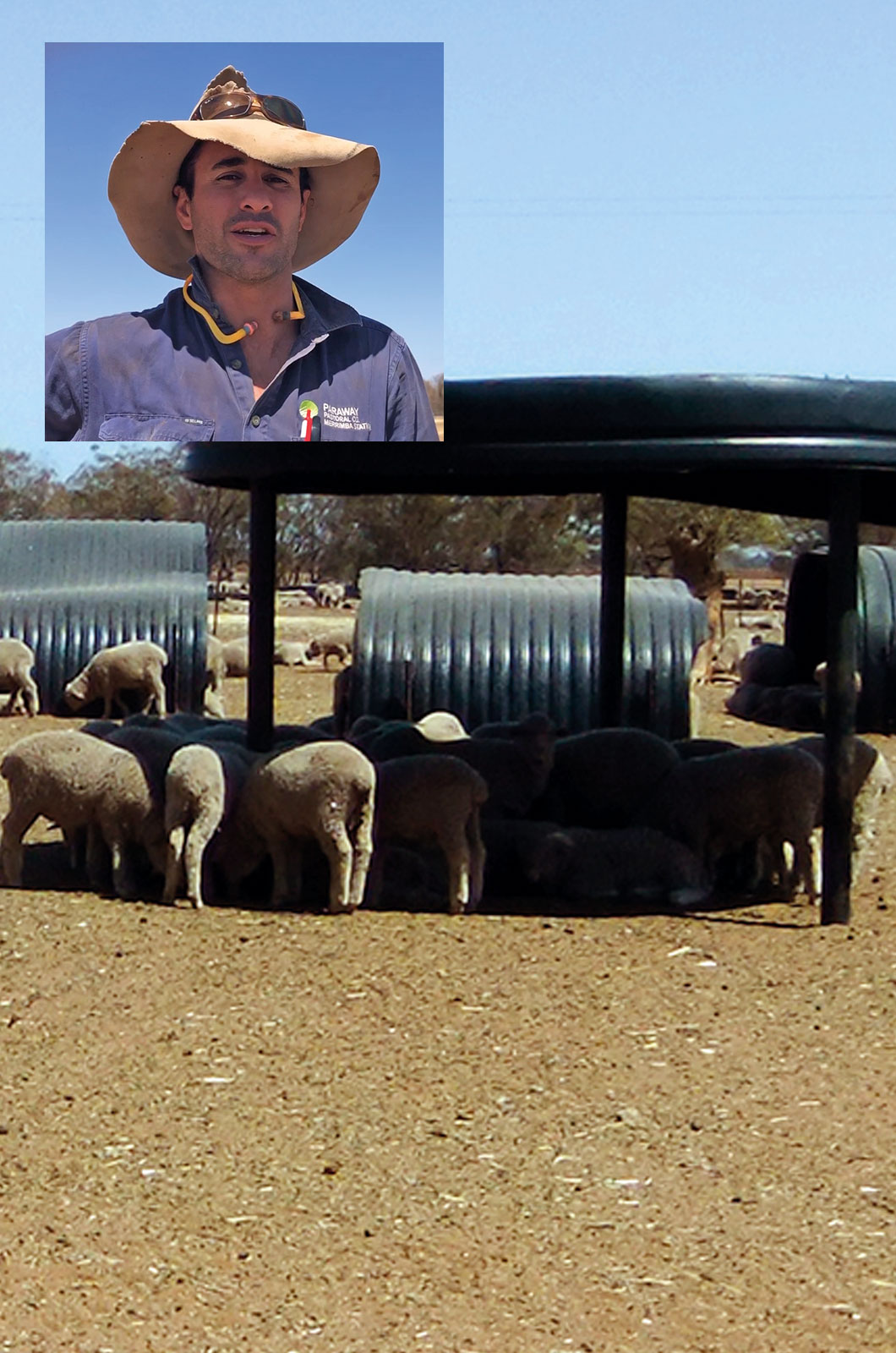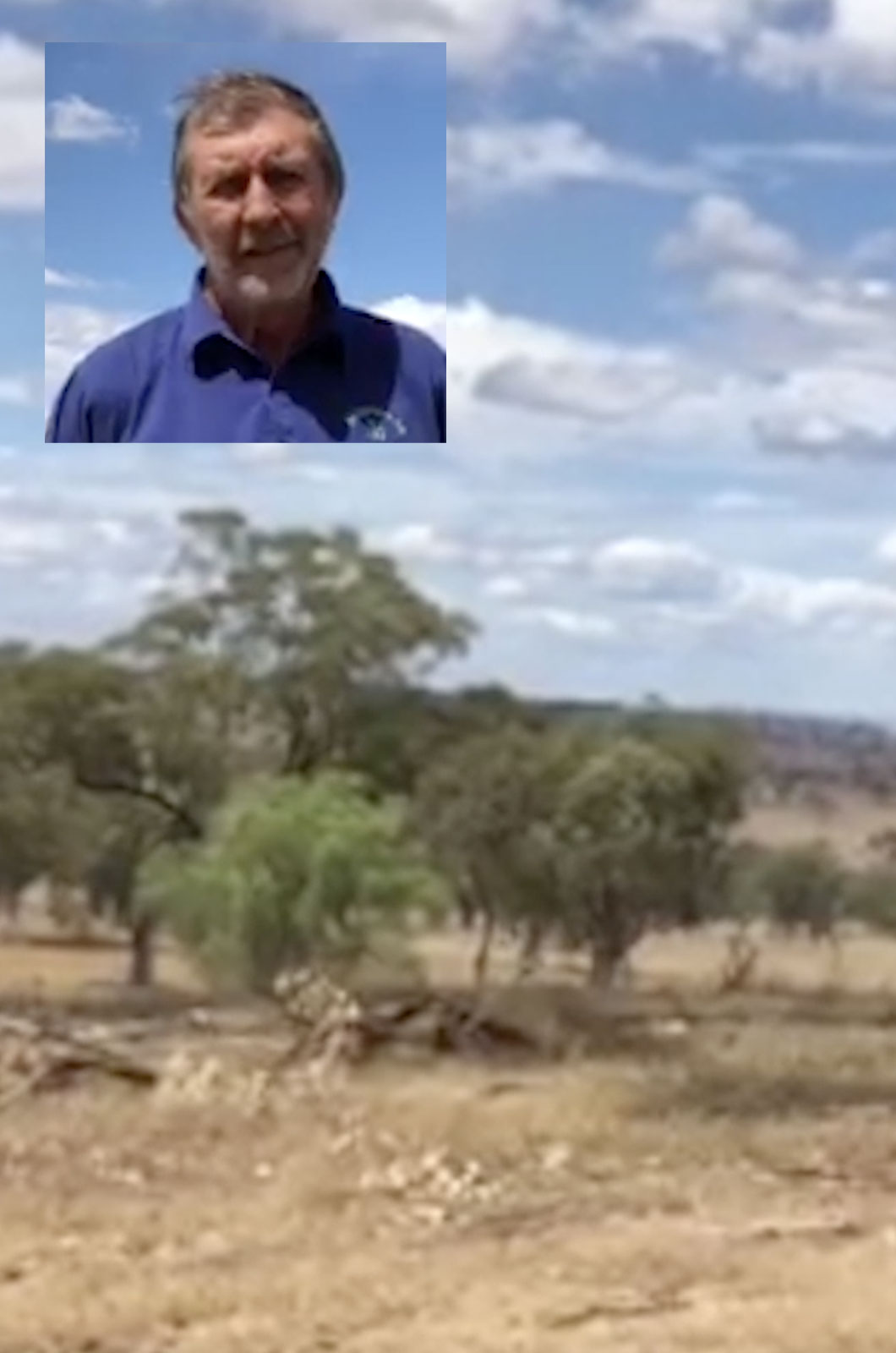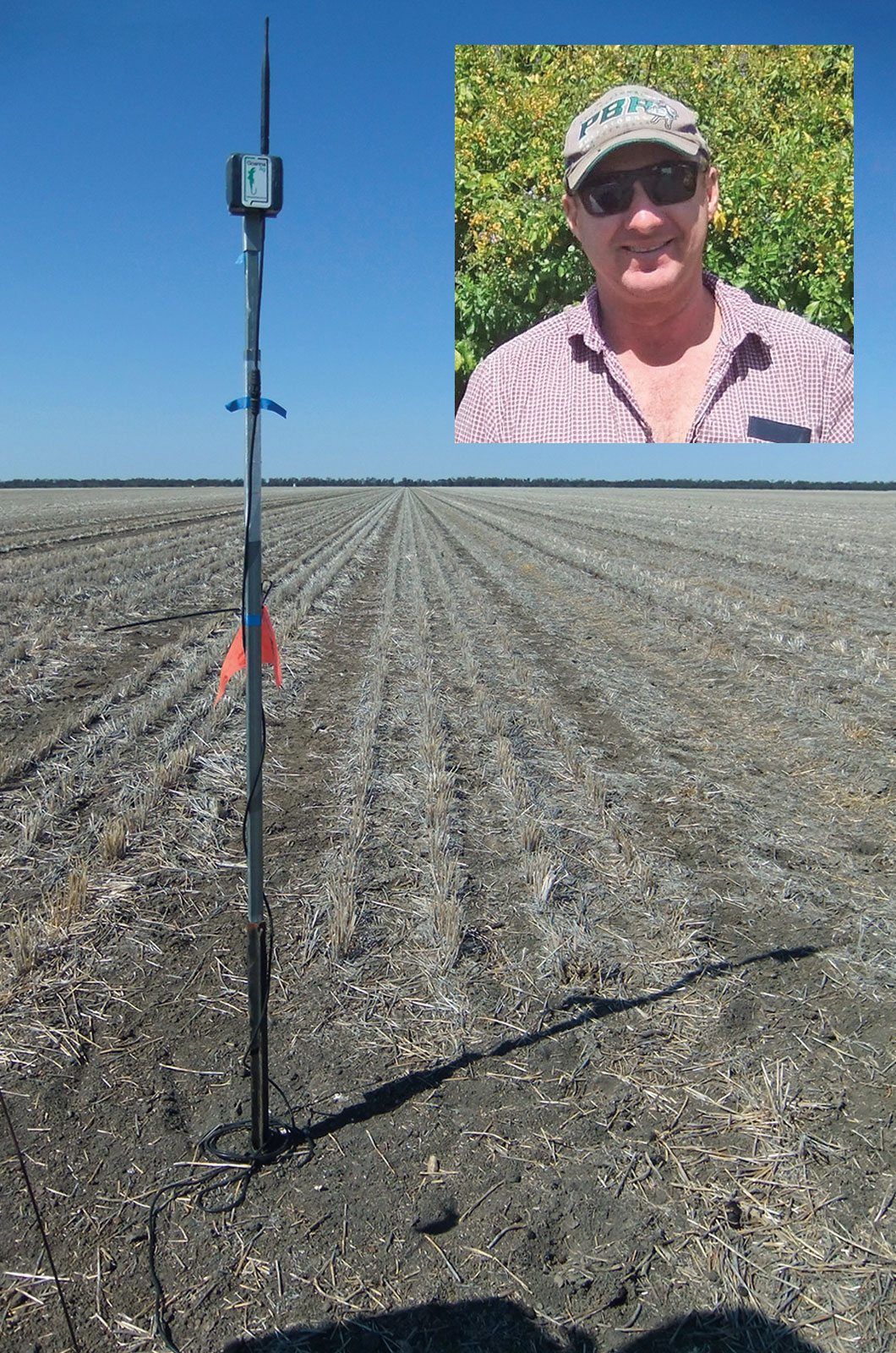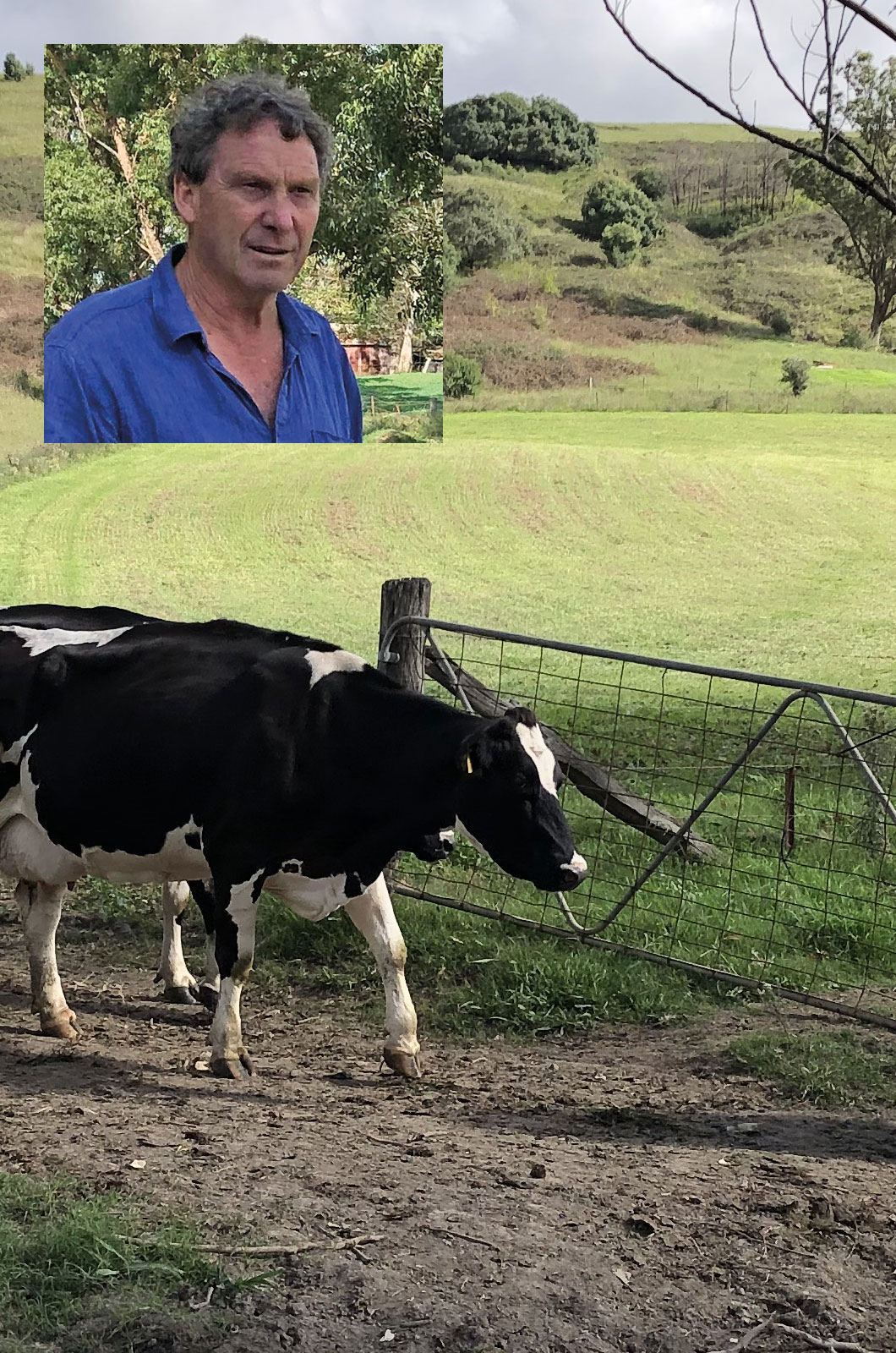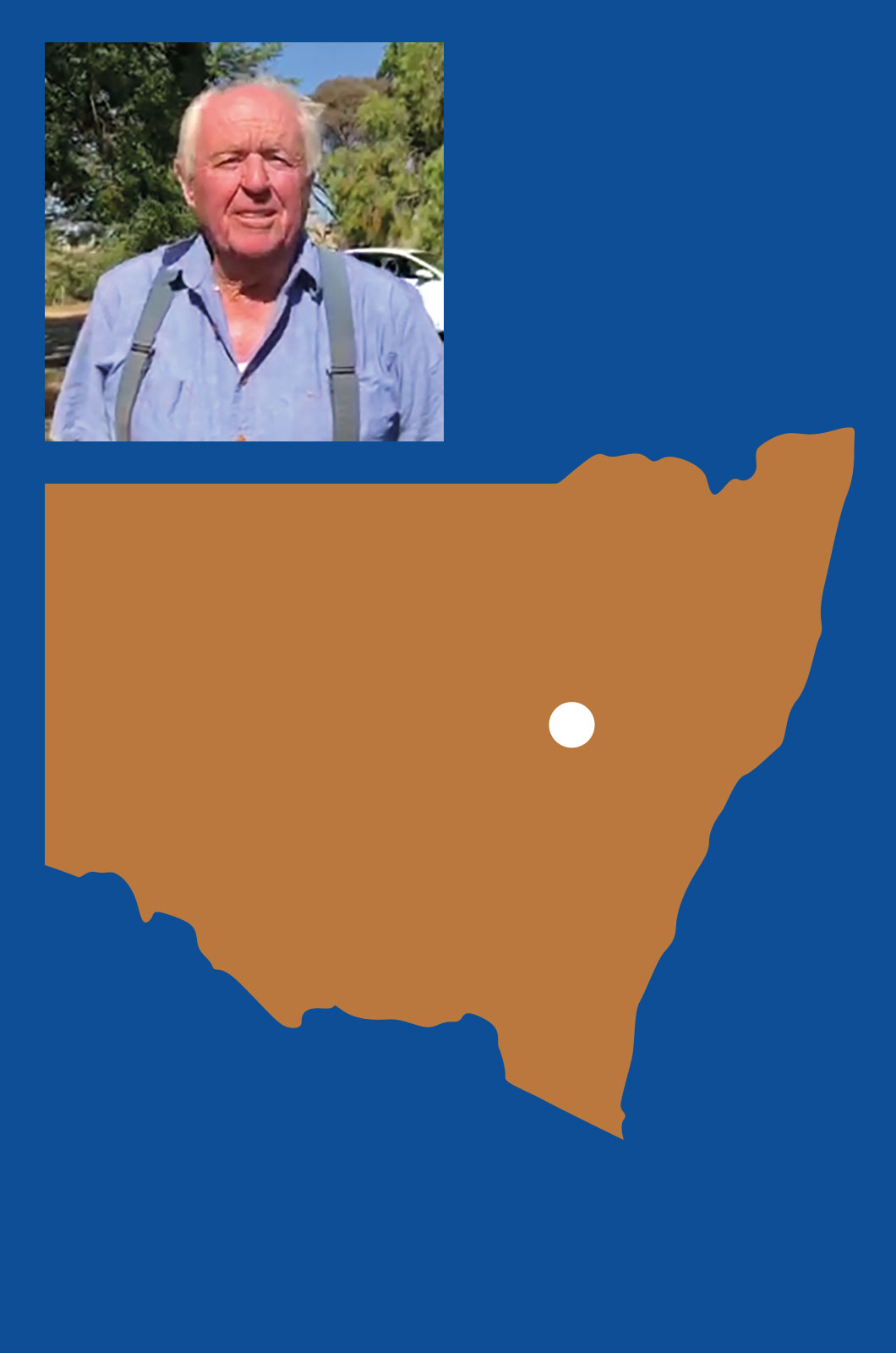 Location: Moree, NSW
Location: Moree, NSW
Owners: the Ball family
Hugh and Sarah Ball run the dryland cropping enterprise at Oodnadatta near Moree in northern New South Wales. The Ball Family purchased this property in 2002. The total area of the property is 3163 ha and of this, 2927 ha are cropped.
A further 14,000 ha are under crop management and contract farming for external clients as Hugh and Sarah’s businesses, Ball Farm Management and Ball Contract Farming.
The winter crops include wheat, barley and chickpeas and summer crops are sorghum and dryland cotton.
The farming system is built around zero till controlled traffic. The system comprises permanent three metre wheel centres using 18-metre planting and 36-metre boom sprays. The property has its own GPS tower, running RTK machinery guidance. RTK is short for real time kinematics. A GPS receiver capable of RTK takes in the normal signals from the Global Navigation Satellite Systems along with a correction stream to achieve 1cm positional accuracy.
Hugh employs three full time staff and others are engaged according to the season and the need. The goal is economical and sustainable production in what is a challenging but dynamic agricultural climate.
Zero till maintains ground cover, which in turn protects the soil structure and retains any moisture that falls.
Controlled traffic lanes within the cropping areas minimise soil compaction caused by heavy machinery. The traffic lanes in these cracking clay soils are cultivated every three or four years and the soil again becomes friable enough to be farmed.
Goanna Telemetry soil probes and LoRaWAN rain gauges are strategically installed and continually provide real time data to the iPads and computers of the employees. Other weather information is also supplied this way for each location: simulate rainfall, wind speed and direction; ambient temperature; soil temperature and also historical records for the particular site. Rain gauges also synchronise the measured rainfall amounts with the moisture probes.
The soil moisture probe at planting time influences the rotation: the original plan is flexible and crop type or variety ultimately depends on the moisture profile. For example, a fallow may not have been in the original plan but it may become part of the rotation for the paddock if there is insufficient moisture for the planned crop. The paddocks or crop areas are not fenced but are recognisable by GPS locations. Hugh has removed all fences to improve machinery access and also as a biosecurity measure: no fences means that the total area (including roadways) can be sprayed to prevent weed growth and weeds cannot collect on fences.
Soil moisture readings are also important during the growth of the crop. The optimum moisture depends on the particular crop and the management decision is made accordingly. If the amount of moisture in the soil is known, a decision can be made about growing the crop through to harvest or withholding any further weed treatment and leaving it to form stubble that will protect the soil for the next growing season and retain any moisture or fertiliser in the soil. Stubble is also harvested for hay. However, the decision is complex because of considerations such as the likely price of a less-than-optimum yield; the potential for an unwanted seed bank and then the need for a fallow in the rotation or a change in the crops in the rotation.
Hugh and Sarah have a strong focus on improving the health and fertility of soils on the property. Yield mapping, soil testing and nematode testing have all been analysed over several years to develop a targeted soil health and crop rotation program to maximise production and improve soil health simultaneously. A consistent and committed fertiliser program is core to the property’s strong productive capability.
The Balls encourage their staff to contribute to the community. For example, they may be involved with sporting clubs, farming groups or local charitable organisations.
Hugh’s advice to others in a similar enterprise in preparing for drought:
- understand your drivers:
- [Good Business = Assets + People + Systems + Technology + Data]
- be aware of your Yield, Price, Quality and Costs of Production. They all drive profit. Make it your goal to understand them and where they influence your bottom line
- adopt a technology where it can add value to your production
- use real time data. Don’t leave it in an unopened folder
- have a flexible plan. Plan without emotion and for a viable business
- know the moisture profile required for your crop in the particular soil type
- continually monitor the farm conditions and relate them to the plan. For example, if there will not be enough return from selling the grain, be prepared to change direction
- be aware of the costs and returns. If the cost of production outweighs the return, you lose money. For example, don’t spend money on a crop that will not give you a profitable return
- know your numbers: input costs; average yield amounts; likely prices
- if you sow, use good quality seed
- regularly (annually) assess your soil fertility
- have a regular walk around your paddock to assess conditions nothing replaces good feet!
Tocal newsletter
Want to find out about news, events, courses and publications?


